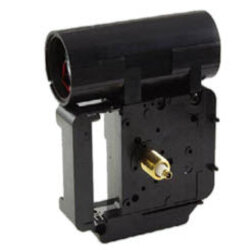Clock Parts

Modern Electronic Clock Movements Clock movements are the engines, or motors, that regulate the rotation and also positioning of the hands for appropriate time telling. Clock movements were generally mechanical and also analog, yet in modern-day times they are nearly specifically digital, as well as either analog or electronic. Regardless, the feature needed boils down to the dimension of the angle subtended by each hand at every moment. Clock movements are typically described as electric motors, and also the terms are practically interchangeable. The force behind a mechanical one was either a coiled springtime or a hanging weight creating a flywheel to transform. To prevent "independent," or runaway turning, pendulums and escapement systems were used, establishing an oscillation that had actually an especially derived regularity. The modern-day electronic activity acquires its power from a quartz crystal vibrating at a specific regularity that represents the geometry of the...